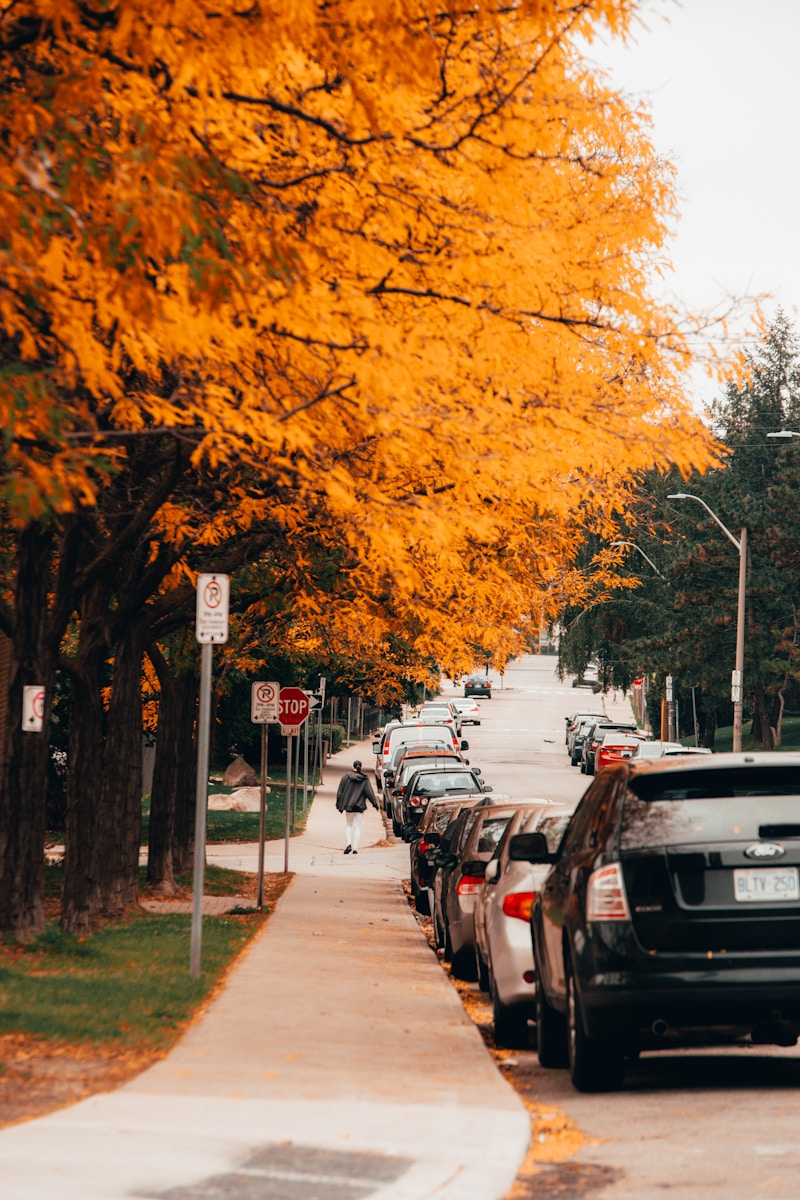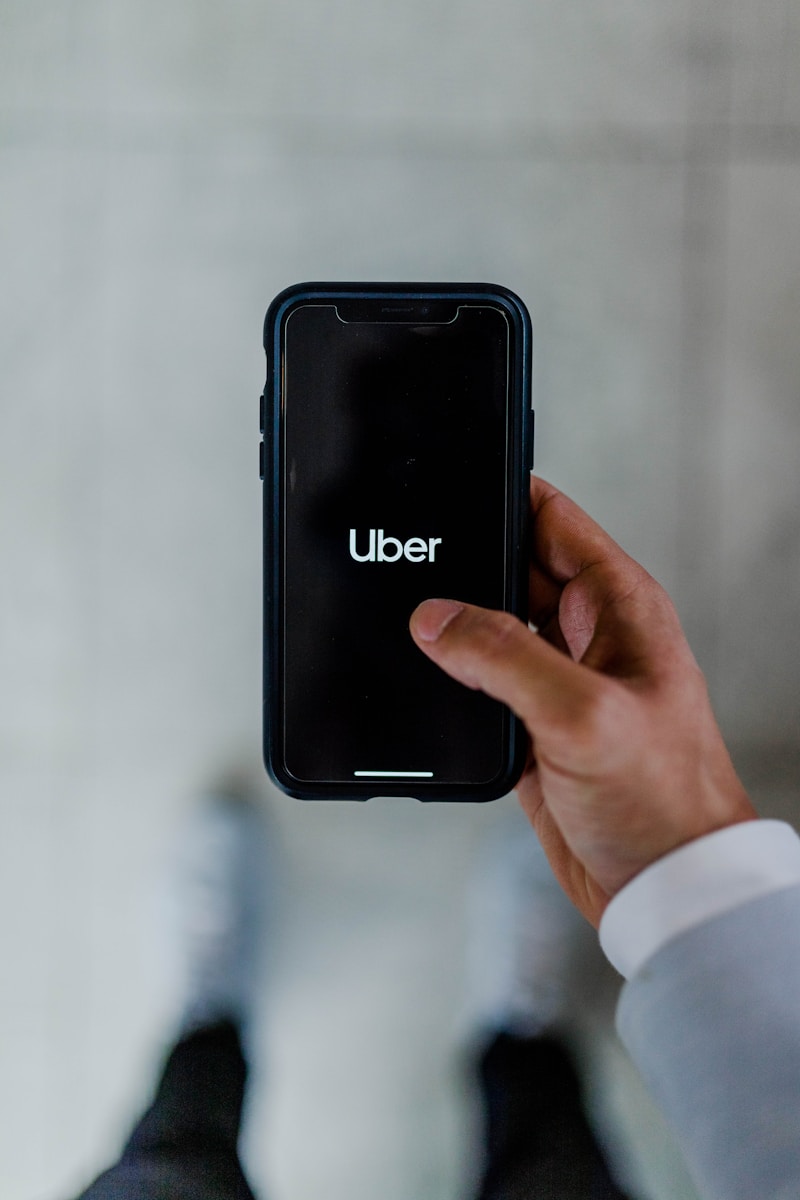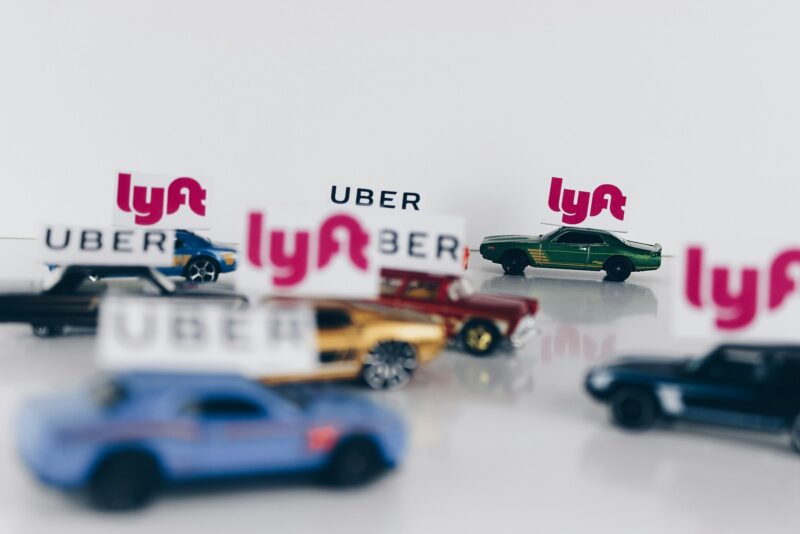Ridesharing apps have changed the way we get around. With a few taps on your phone, a car appears to whisk you away. But this convenience comes with new safety concerns.
You can take simple steps to stay safe when using rideshare services. Being aware and taking precautions helps ensure a smooth ride. From checking the driver’s info to sharing your trip details, small actions make a big difference.
These apps offer a mix of ease and worry. By following key safety tips, you can enjoy the perks of on-demand rides while feeling secure. Let’s look at how to make the most of this modern transport option without compromising your well-being.
Table of Contents
ToggleVerifying Drivers
Checking your driver’s information is a key step to stay safe when using ridesharing apps. You can take simple actions to confirm details and make sure you’re getting in the right car.
Checking Driver Information
Before you hop in, take a moment to look at the driver’s profile in your app. It should show their name, photo, and car details. Compare the photo to the person behind the wheel. Does it match? If not, don’t get in the car.
Next, check the license plate number. Make sure it’s the same as what’s shown in your app. This step is crucial to avoid imposters.
Look at the car’s make and model too. Is it the same as listed? If anything seems off, trust your gut and don’t get in.
Reviewing Driver Ratings and Reviews
Pay attention to your driver’s rating in the app. Higher ratings often mean better service and safer rides. But don’t just look at the stars.
Take time to read some recent reviews. They can give you a sense of other riders’ experiences. Look for comments about driving skills and overall safety.
Keep in mind that rideshare companies usually do background checks on drivers. But ratings and reviews add an extra layer of insight from real passengers.
Confirming the Ride Details
Double-check your ride details before you get in. Make sure the driver’s name matches what’s in your app. Ask them who they’re picking up – it should be your name.
Some apps offer a PIN system for extra security. If available, use it. The driver will need to enter the correct PIN before starting your ride.
Share your trip details with a friend or family member. Most apps have a feature for this. It lets someone track your ride in real-time.
If anything feels off about the ride details, don’t be afraid to cancel. Your safety comes first.
Sharing Ride Details
Letting others know about your trip is a key safety step when using ridesharing apps. It helps you stay connected and protected during your journey.
Using In-App Safety Features
Many rideshare apps offer built-in tools to keep you safe. Look for the “Share Trip” or “Share Status” option in your app. This lets you send your ride info to friends or family.
When you share your trip, your contacts can see:
• Your driver’s name and photo
• The car’s make, model, and license plate
• Your real-time location on a map
• Your estimated arrival time
Some apps also have a “Follow My Ride” feature. This gives your contacts live updates as you travel. It’s a great way to feel more secure, especially at night or in unfamiliar areas.
Sharing Your Trip With Trusted Contacts
Pick a few people you trust to be your safety contacts. Let them know when you’re taking a ride. Send them a quick text with:
• Where you’re going
• When you expect to arrive
• The name of your driver
You can also share your ride details through other apps. Use messaging apps or social media if that’s easier for you. The key is to keep someone informed about your trip.
Don’t forget to update your contacts when you arrive safely. This helps them know you’re okay and ends the safety check-in process.
Setting Up Emergency Contacts
Most rideshare apps let you set up emergency contacts in advance. This is a smart step to take before you need it. Here’s how to do it:
- Go to your app’s settings or safety center
- Look for “Emergency Contacts” or a similar option
- Add the names and numbers of 2-3 trusted people
In an emergency, you can quickly alert these contacts with one tap. Some apps even call 911 and share your ride info with the dispatcher.
Consider using backup safety apps too. Options like Find My Friends or bSafe can add extra protection to your rides.
Staying Secure During Rides
Your safety is key when using ridesharing apps. Taking a few simple steps can help protect you and give you peace of mind during your journey.
Choosing Safe Pickup And Drop-off Locations
Pick well-lit, busy areas for your ride to start and end. Avoid dark alleys or isolated spots. If possible, wait inside until your driver arrives. This keeps you safe and makes it easier for the driver to find you.
For drop-offs, choose places where you feel comfortable getting out. If you’re going home, ask to be dropped off a short distance away. This keeps your exact address private.
Use landmarks or public buildings as meetup points when needed. These are often easy to find and usually have people around.
Sitting In The Back Seat
Always sit in the back seat when using a rideshare. This gives you and the driver personal space. It also lets you exit from either side if needed.
The back seat is often the safest spot in a car. You’re farther from the driver and have a better view of your surroundings.
Remember to buckle up as soon as you get in. Seatbelts save lives, even on short trips.
Keeping Personal Information Private
Be careful about what you share with your driver. Don’t give out your phone number, email, or home address. The app already provides the driver with the info they need.
If you’re going to work or school, consider being dropped off nearby instead of right at the entrance. This keeps your daily routine private.
Avoid taking business calls or discussing personal matters during your ride. You never know who might be listening.
Staying Alert And Aware
Keep an eye on your ride’s progress. Most apps let you track the route in real-time. Speak up if the driver takes an unexpected turn.
Don’t be afraid to end the ride if you feel unsafe. Trust your gut. It’s better to be cautious than to ignore your instincts.
Stay awake and alert during your trip. Avoid using rideshares if you’re too tired or have had too much to drink. Your awareness is your best defense.
Keep your phone charged and within reach. It’s your lifeline if you need help or want to check your route.
Handling Emergencies
When using ridesharing apps, it’s crucial to be prepared for unexpected situations. Knowing how to handle emergencies can help keep you safe and give you peace of mind during your rides.
Knowing When To Cancel A Ride
Trust your instincts. If something feels off about your driver or the vehicle, it’s okay to cancel the ride. Look for warning signs like:
- The driver’s photo doesn’t match
- The car’s make, model, or license plate is different
- The driver asks for payment outside the app
- You feel uncomfortable for any reason
Don’t worry about being rude. Your safety comes first. If you decide to cancel, move to a safe, well-lit area away from the vehicle. You can always request another ride or find alternative transportation.
Using Emergency Assistance Features
Ridesharing apps often have built-in safety features for emergencies. Familiarize yourself with these tools before your ride:
- Emergency buttons: These quickly connect you to 911
- Share trip details: Let trusted contacts track your ride
- In-app messaging: Communicate with support without speaking
In an emergency, don’t hesitate to use these features. They’re designed to get you help fast. Some apps even share your location with emergency services automatically when you call for help.
Reporting Incidents To The Ridesharing Company
After any concerning incident, it’s important to report it to the ridesharing company. This helps prevent future issues and keeps other riders safe. Here’s what to do:
- Use the app’s reporting feature
- Provide detailed information about what happened
- Include the date, time, and location of the incident
- Describe the driver and vehicle if relevant
Be honest and thorough in your report. The company may follow up for more information. If you experienced a crime, report it to the police as well. Your report can help catch predators and prevent future assaults.
Conclusion
Your safety is in your hands when using ridesharing apps. By following these tips, you can ensure a safer experience. Remember to always verify the driver’s identity and vehicle details before getting in.
Stay alert during your ride. Trust your instincts if something feels off. Don’t hesitate to end the ride if you’re uncomfortable. Your well-being matters more than any potential inconvenience.
Share your trip details with a friend or family member. This simple step adds an extra layer of security. Use the app’s safety features, like the emergency button, if needed.
Keep improving your rideshare safety habits. Each time you use these services, you can refine your approach. Small changes in your routine can make a big difference in your overall safety.
Remember, you have the power to make your rideshare experiences safer. By applying these tips consistently, you’re taking active steps to protect yourself. Stay vigilant, stay informed, and enjoy the convenience of ridesharing with peace of mind.
Additional Resources
Want to learn more about staying safe while using ridesharing apps? Here are some helpful tools and resources to check out:
Safety Apps:
• Noonlight – Connects to rideshare apps and alerts emergency services if needed
• Find My Friends (iOS) – Lets friends track your location in real-time
• bSafe – Includes features like SOS alerts and live streaming
Rideshare Company Safety Pages:
• Uber Safety Center
• Lyft Safety
These pages outline safety features and tips specific to each platform. Take some time to review them before your next ride.
You can also find safety advice from trusted organizations:
• RAINN (Rape, Abuse & Incest National Network)
• National Highway Traffic Safety Administration
Remember, your safety is important. Don’t hesitate to use these resources if you ever feel uncomfortable or unsafe during a ride. Trust your instincts and take action if something doesn’t seem right.












